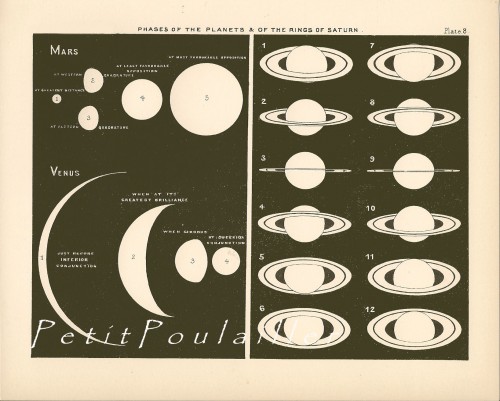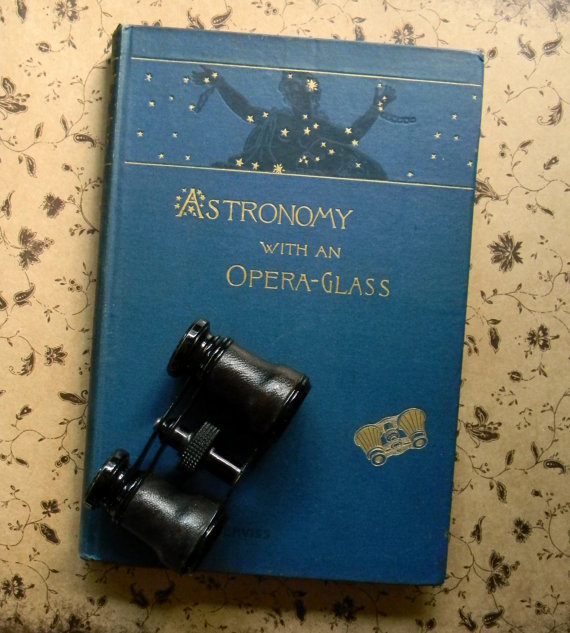Astronomy in continental Europe was funded by rulers. On the contrary, Victorian government did not fund research in astronomy. It was Victorian affluent amateurs who showed interest in astronomy.
Their riches founded learned societies, commissioned telescopes and constructed observatories. Although there are not many records of these amateur societies, it is accepted that new telescope technology and deeper observations helped for one of the major theories in astronomy called The Nebular Hypothesis.

This name was suggested by William Whewell in his Bridgewater Treatise. This was as a result of inspiration from the theory of the Origins of the Solar System by Pierre-Simon Laplace in his System of the World (1796) and William Herschel’s findings that nebulae might be new nascent solar systems.
The nebular hypothesis appeared in a couple of popular works: Views of the Architecture of the Heavens (1837) and Vestiges of the Natural History of Creation (1844). George Biddell Airy (1801-92) was an Astronomer Royal at the Royal Observatory in Greenwich from 1835 to 1881.

He transformed it, installing advanced astronomical equipment and expanding staff. He popularised the idea of clocking in and out of observers and astronomers, just as in a manufacturing setup. Further reforms by Airy helped to increase efficiency and improve accuracy by reduction of human errors in observations.